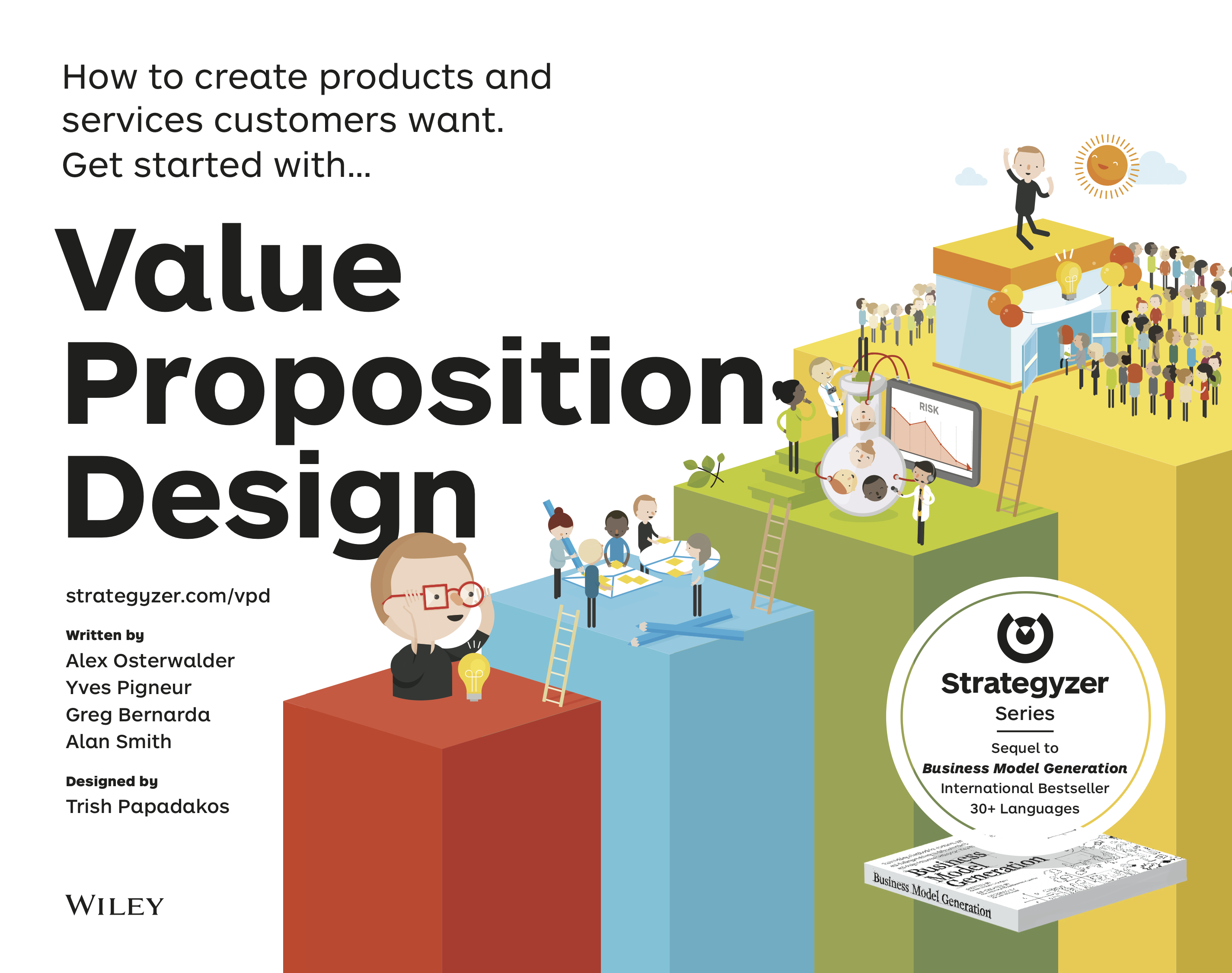Design Science Research in IS
Research seminar for the 2012 CUSO Doctoral Programme (web)
Introduction
The course develops skills needed for conducting design research in information systems. This kind of research aims at designing artefacts such as tools, methods and techniques, that make information systems more effective and efficient. Participants will also acquire skills in writing research proposals and articles that follow the design research paradigm. Upon completion this course, the participants will have a general understanding of the current state and trends in design research in information systems, and be aware of design paradigms, frameworks, theories, methods, patterns, evaluation approaches, and rationales. Furthermore, the participants will be able to use theses design techniques for reviewing and writing research papers.
March 14 – Design Science Paradigm (PDF)
Hevner et al. (2004) derive seven guidelines from fundamental principle of design-science research in order to conduct a good design research. The design science research produces artefacts (Guideline 1), which must be relevant to a given environment (Guideline 2). The artefact must yield utility and then must be evaluated (Guideline 3). Novelty is similarly crucial and design research must provide a novel contribution (Guideline 4). In this way, design research is apart from the practice of design. Design research must balance rigor and relevance (Guideline 5). Design science is inherently iterative and enables a search process whereby a problem space is constructed and a mechanism enacted to find an effective solution (Guideline 6). Finally, design research results must be communicated to both technical and management audiences (Guideline 7). In the same vein, Iivari (2007) defines the key properties of four design science research paradigms: ontology, epistemology, methods, and ethics. Moreover, he proposed twelve theses that summarizes the analysis of IS as a design science.
March 28 – IS Design Theory (PDF)
Inspired by Walls et al. (1992), Gregor and Jones (2007) developed the so-called Information Systems Design Theory (ISDT). They proposed a taxonomy with eight components of design theories: (1) purpose and scope, (2) constructs, (3) principles of form and function, (4) artifact mutability, (5) testable propositions, (6) justificatory knowledge (kernel theories), (7) principles of implementation, and (8) an expository instantiation. This paper mainly focused on the structural components of a design theory, but the authors claimed that ’listed theory components give some guidelines to what might be included in an article or thesis that reports constructive research’.
April 11 – Design Research Method (PDF)
On their side, Peffers et al. (2008) focused on design research methodology, which present, demonstrate, and evaluate a research process. The process includes six steps or stages: (1) problem identification and motivation, (2) definition of the objectives for a solution, (3) design and development, (4) demonstration, (5) evaluation, and (6) communication. More recently, Sein et al. (2011) propose action design research (ADR), which “conceptualizes the research process as containing the inseparable and inherently interwoven activities of building the IT artifact, intervening in the organization, and evaluating it concurrently”.
April 25 – Design Science Research Patterns (PDF)
Vaishnavi and Kuechler (2008) adopted an original attitude and suggested patterns to represent how design science research could be conducted. The authors claimed that ’patterns are excellent mechanism [...] that can both communicate goals and philosophy of design science research as well as provide firm direction to a researcher new to the discipline’. Several of these patterns propose a broad range of evaluation strategies, also analyzed by Pries-Heje et al. (2008) who develop an evaluation framework using well-known quality criteria.
May 9 – C-K Theory for Reasoning in Design (PDF)
Design science is slowly but surely establishing itself as a recognized paradigm for conducting research in information systems. However, so far, it seems that the design activity, or ’design reasoning’ has not received much attention from the IS community. We propose to use a theory developed in engineering fields in order to solve this issue. The C-K theory, proposed by Hatchuel and Weil (2003) is considered to be a good candidate to deal with design reasoning.
(syllabus)




